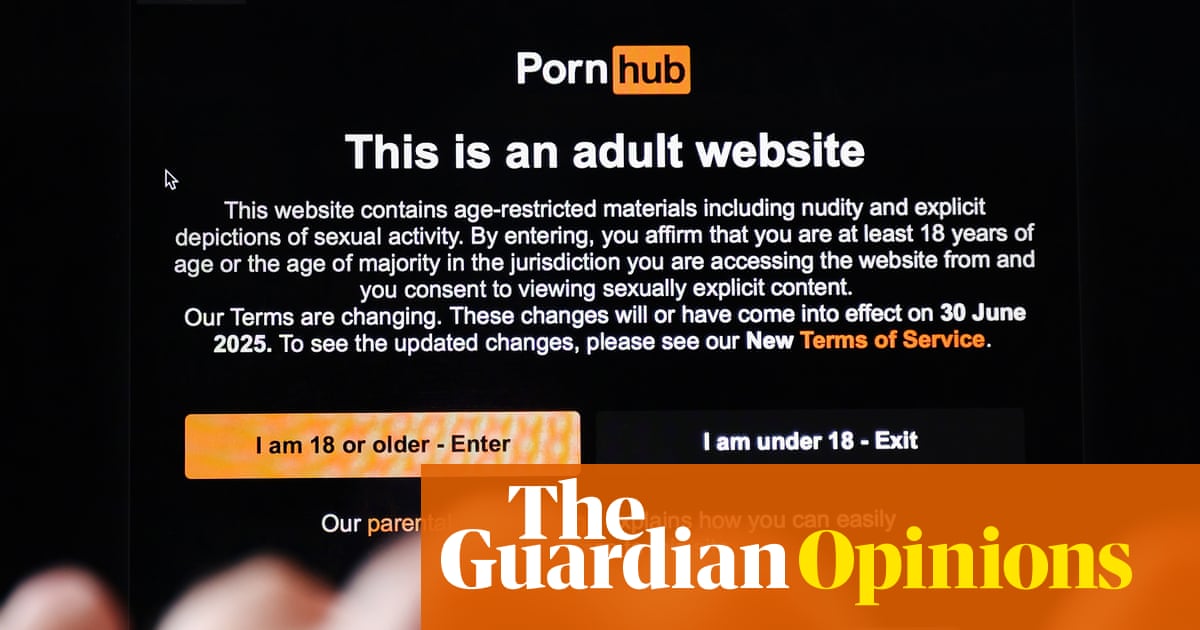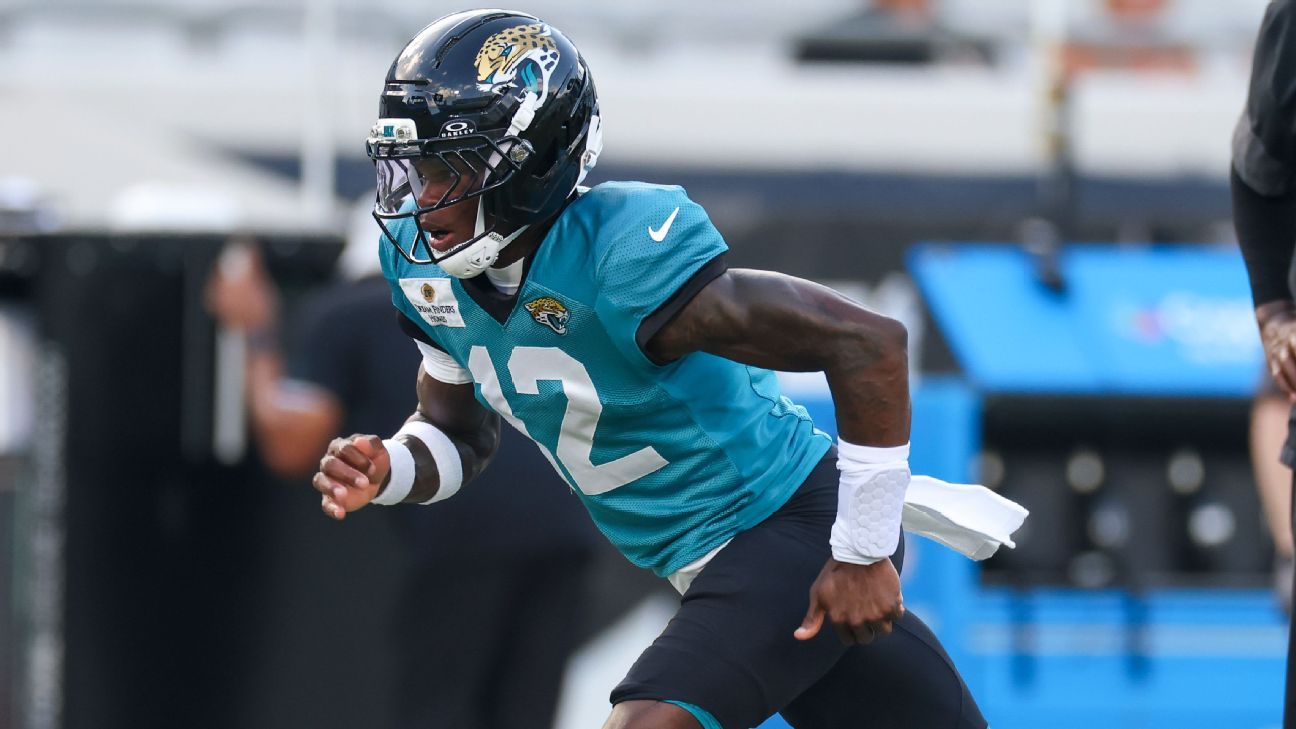The Online Safety Act: Where Both Sides Go Wrong

Welcome to your ultimate source for breaking news, trending updates, and in-depth stories from around the world. Whether it's politics, technology, entertainment, sports, or lifestyle, we bring you real-time updates that keep you informed and ahead of the curve.
Our team works tirelessly to ensure you never miss a moment. From the latest developments in global events to the most talked-about topics on social media, our news platform is designed to deliver accurate and timely information, all in one place.
Stay in the know and join thousands of readers who trust us for reliable, up-to-date content. Explore our expertly curated articles and dive deeper into the stories that matter to you. Visit Best Website now and be part of the conversation. Don't miss out on the headlines that shape our world!
Table of Contents
The Online Safety Act: Where Both Sides Go Wrong
The UK's Online Safety Bill, designed to make the internet a safer place, has sparked fierce debate. While aiming to protect vulnerable users from harmful content, its broad scope and potential for censorship have raised serious concerns among free speech advocates. This article explores the shortcomings of both sides of the argument, highlighting the need for a more nuanced and balanced approach to online safety regulation.
The Government's Overreach: Stifling Free Speech and Innovation?
Critics argue the Online Safety Bill is overly broad, potentially impacting legitimate online expression. The definition of "harmful content" remains vague, leaving room for subjective interpretation and potential abuse. This lack of clarity could lead to:
- Increased censorship: Platforms might err on the side of caution, removing content that falls within a gray area, thus stifling free speech and debate. This could disproportionately affect marginalized groups and dissenting voices.
- Chilling effect on innovation: The fear of regulatory penalties could discourage platforms from hosting controversial content, even if it's legally protected, hindering innovation and the free exchange of ideas.
- Unintended consequences: The bill's complex mechanisms could inadvertently create loopholes or lead to unforeseen negative impacts on users' privacy and access to information.
Furthermore, the proposed "duty of care" on platforms places a significant burden on them to police user-generated content, potentially overwhelming resources and creating a system prone to errors and biases. While platforms have a responsibility to mitigate harm, the current legislation may be demanding an impossible task. For further insight into the challenges faced by online platforms, explore this article on [link to relevant article on platform responsibility].
The Critics' Blind Spots: Ignoring Real Harm and Vulnerable Users
Conversely, dismissing the need for stronger online safety regulations ignores the very real harm caused by online abuse, harassment, and the spread of misinformation. Critics often overlook:
- The vulnerability of children and marginalized groups: Online platforms are fertile grounds for grooming, cyberbullying, and the dissemination of extremist ideologies, disproportionately impacting vulnerable populations. Ignoring these issues is a serious ethical lapse.
- The scale of the problem: Online abuse is rampant, causing significant mental health problems and impacting individuals' lives profoundly. Minimizing the scale of the problem undermines the urgency for effective intervention.
- The inadequacy of self-regulation: While platforms have made efforts to improve safety, self-regulation has proven insufficient to tackle the widespread issue of online harm. A stronger regulatory framework is often needed to hold them accountable.
Finding a Middle Ground: A Path Towards Responsible Online Safety
The solution lies not in rejecting regulation outright, but in refining the Online Safety Bill to address its shortcomings. This could involve:
- Clearer definitions of harmful content: The legislation needs to define "harmful content" more precisely, focusing on illegal activities and content that demonstrably causes significant harm, while protecting freedom of expression.
- Independent oversight: An independent body should oversee the implementation of the bill, ensuring transparency, fairness, and preventing abuse of power.
- Transparency and accountability mechanisms: Clear mechanisms for appeals and redress should be established, allowing users to challenge content removal decisions.
- Focus on prevention and support: The focus should shift towards prevention strategies and supporting victims of online harm, rather than solely relying on reactive content moderation.
The Online Safety Act represents a complex challenge requiring a delicate balance between protecting vulnerable users and upholding freedom of speech. By addressing the shortcomings of both sides of the debate, we can move towards a more responsible and effective approach to online safety regulation. What are your thoughts on this crucial issue? Share your opinions in the comments below.

Thank you for visiting our website, your trusted source for the latest updates and in-depth coverage on The Online Safety Act: Where Both Sides Go Wrong. We're committed to keeping you informed with timely and accurate information to meet your curiosity and needs.
If you have any questions, suggestions, or feedback, we'd love to hear from you. Your insights are valuable to us and help us improve to serve you better. Feel free to reach out through our contact page.
Don't forget to bookmark our website and check back regularly for the latest headlines and trending topics. See you next time, and thank you for being part of our growing community!
Featured Posts
-
 Is Cardano Ada Ready For A Price Bounce To 0 75 Oversold Signals Suggest Potential
Aug 03, 2025
Is Cardano Ada Ready For A Price Bounce To 0 75 Oversold Signals Suggest Potential
Aug 03, 2025 -
 Colorado Rockies Secure Dramatic 17 16 Victory Over Pittsburgh Pirates
Aug 03, 2025
Colorado Rockies Secure Dramatic 17 16 Victory Over Pittsburgh Pirates
Aug 03, 2025 -
 Cardanos Price Dip Could Oversold Conditions Lead To A Rally Towards 0 75
Aug 03, 2025
Cardanos Price Dip Could Oversold Conditions Lead To A Rally Towards 0 75
Aug 03, 2025 -
 Fan Throws Sex Toy During Wnba Game In Chicago Espn Reports
Aug 03, 2025
Fan Throws Sex Toy During Wnba Game In Chicago Espn Reports
Aug 03, 2025 -
 Mlb Slugfest Braves And Reds 16 Run Eighth Inning
Aug 03, 2025
Mlb Slugfest Braves And Reds 16 Run Eighth Inning
Aug 03, 2025
Latest Posts
-
 Colorado Rockies Secure Dramatic 17 16 Victory Over Pittsburgh Pirates
Aug 03, 2025
Colorado Rockies Secure Dramatic 17 16 Victory Over Pittsburgh Pirates
Aug 03, 2025 -
 Son Heung Mins Future Uncertain After Tottenham Hotspur Exit Announcement
Aug 03, 2025
Son Heung Mins Future Uncertain After Tottenham Hotspur Exit Announcement
Aug 03, 2025 -
 Hunters Two Way Performance Impresses In Jaguars Scrimmage
Aug 03, 2025
Hunters Two Way Performance Impresses In Jaguars Scrimmage
Aug 03, 2025 -
 Confirmed Son Heung Min Leaving Tottenham Hotspur This Summer
Aug 03, 2025
Confirmed Son Heung Min Leaving Tottenham Hotspur This Summer
Aug 03, 2025 -
 Late Inning Heroics Rockies Walk Off Hr Seals Win Against Pirates
Aug 03, 2025
Late Inning Heroics Rockies Walk Off Hr Seals Win Against Pirates
Aug 03, 2025
